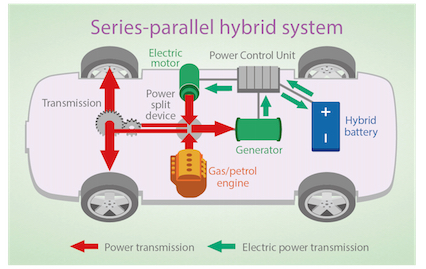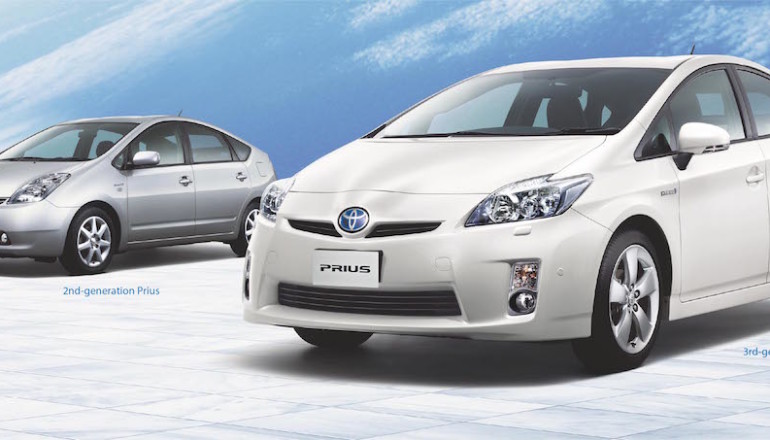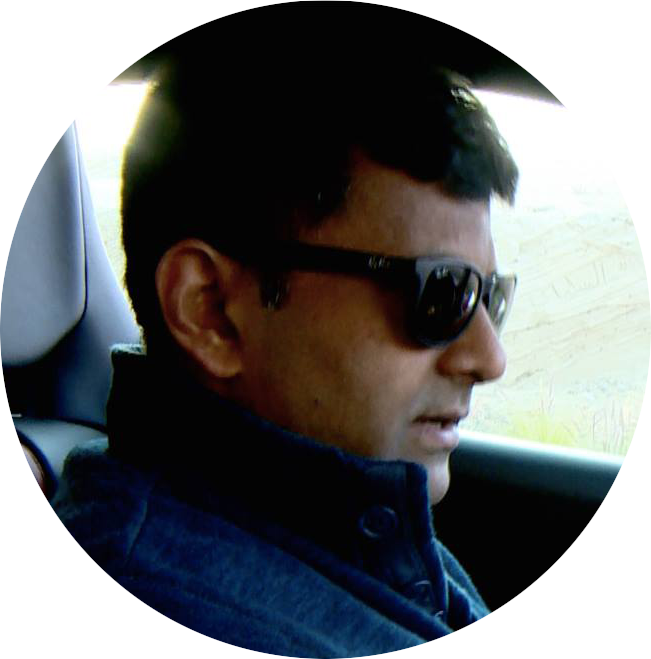They say two heads are better than one. Well, that happens to be the story of a hybrid’s life. Optimising the use of a petrol engine and an electric motor, Toyota Prius was the first passenger car that managed to make headway in hybrid technology, against challenges that included an absolutely crazy deadline!

Toyota Prius is now in the UAE
In 140 years, the internal combustion engine has come a long way but the progress hasn’t been fast enough when it comes to energy economy. They still run on non-renewable energy and pollute the atmosphere with greenhouse gases like carbon dioxide. Those convenient, comfortable drives are major contributors to global warming, which is definitely not good news. Over many years, ‘an alternative’ has been discussed, developed and, with some luck and plenty of good sense, should be on its way to becoming the norm rather than the exception.
Meet the one that set it rolling – the first mass-produced hybrid car – the Toyota Prius. With an engine that uses both fuel and electricity to power the drive, it doubles fuel economy and slashes carbon footprint by half.
‘Double the fuel economy and half the development time’: Starting off with a dramatic challenge, the car and the technology had to evolve simultaneously in the case of Prius.
20 years ago, the Toyota G21 Project Team was given a daunting task. Develop an amazing passenger vehicle with twice the fuel economy. They knew that tinkering with the gasoline engine could stretch efficiency by another half, but that was it. Meanwhile, another elite team that was studying the potential of hybrid technology ascertained that hybrid engines could increase the fuel efficiency by as much as 100%.

For the G21 team, despite the uncertainty and lack of even a physical prototype, this seemed like a golden opportunity. They decided to go ahead and put all the stakes on this idea.
Thus was born the Prius.
To a hybrid, the Power Control Unit is what the engine is to a conventional car. The natural choice to build it would be an electrical equipment manufacturer; but that was too big a risk for Toyota. So instead of leaving their pioneering concept to an outsider, the in-house team decided to work on it. Given the insane deadline, they would have to forego the usual practice of developing critical parts first and instead build all parts of the vehicle together.
The team’s relentless efforts bore fruit when the first Prius rolled off the line in December 1997 and went on to sell 3.5 million cars in the next two decades. The Prius extended range sold 8 million over the period; interestingly, 5.2 million in the last year alone, a watershed in the acceptance of hybrids. The visual below shows the first Prius and the featured image shows the second and third generation Prius. The fourth gen just got launched last year.

A hybrid of hybrid engines
If you are familiar with series and parallel connections, there are two such engines among hybrids too. In the series, the gasoline engine drives a generator, which in turn drives an electric motor that sends power to the wheels. The parallel hybrid is where the two sources simultaneously drive the car. The Prius pioneered a ‘series-parallel’ hybrid engine that combined the best aspects of both.
Cars don’t just need torque to accelerate, they use it to overcome inertia and get the car moving every time it stops. That’s why driving in the city empties the tank pretty fast, with all the ‘stop and start’ at red lights, pedestrian crossings, in heavy traffic and so on. While driving in the city, the Prius mostly uses electricity and on the highway, petrol. When accelerating, it uses both. This is how it doubles its fuel efficiency.
This system ensures effortless driving and smooth starting. The Toyota Prius also offers excellent acceleration because the engine draws on two power sources at the same time to rev up.

Hybrids in the UAE
Toyota’s Prius has shaped the market for hybrids. But even at the turn of the century, consumers simply wouldn’t bother to buy a hybrid in the USA, where fuel was cheap and there was a fondness for large engines – quite like the UAE today. However, measures like celebrity attention and government initiatives like preferential treatment for hybrids in priority lanes encouraged people to want Prius for the convenience it brought. Soon, the Prius wasn’t alone. There were some serious contenders in the market courtesy Nissan, Lexus, Chevrolet, Infiniti and even other makes from Toyota itself.
Hybrids that come into the UAE are subject to stringent safety tests to ensure that they can be used in the humid, dusty and windy climatic conditions here. There are a lot of details that need to be ironed out, including a law regulating sale and use of electric and hybrid vehicles, developing the infrastructure to support it and so on. We’re already on track with charging stations being set up in petrol stations and parking areas across Dubai. The RTA says that there are already 200 electric vehicles registered, which include light and heavy vehicles. You can even spot hybrid taxis around town.
So why should you choose a hybrid? It’s all about economy. Hybrids can cut your fuel costs by half and the government is now aiming for zero cost ownership – which means it makes a lot more financial sense to choose a car from among the likes of the Prius. And don’t forget – they’re the responsible choice with minimal harmful emissions and a tiny carbon footprint.
More power to hybrid power!
[Written with Georgina Paul]











